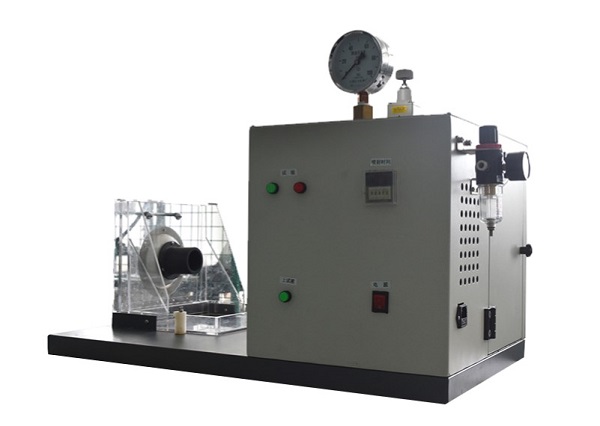
NewsInformation Center
How does a Synthetic Blood Penetration Resistance Tester work?
2023/06/13
A Synthetic Blood Penetration Resistance Tester is a medical device used to detect blood components and indicators in the human body. It can detect various indicators such as hemoglobin, white blood cell count, platelet count, and average hemoglobin concentration through blood samples, thereby helping doctors diagnose diseases and monitor treatment effects. This article will explain how the Synthetic Blood Penetration Resistance Tester works.

1. Optical detection principle
The Synthetic Blood Penetration Resistance Tester uses the principle of optical detection to detect blood components and indicators. It measures the values of different indicators through the interaction of cells and molecules in a blood sample with light. Specifically, a Synthetic Blood Penetration Resistance Tester shoots a beam of light into a blood sample, which travels through the blood sample and is picked up by a detector. Detectors measure the intensity and wavelength of light passing through the blood sample to determine the different components and markers in the blood sample.
2. Measuring principle of hemoglobin concentration
A Synthetic Blood Penetration Resistance Tester measures the concentration of hemoglobin in the blood. It uses a principle called photoabsorption. During this process, the Synthetic Blood Penetration Resistance Tester emits a beam of infrared light and measures the intensity of the light transmitted through the blood sample. Hemoglobin molecules absorb some of the infrared light, so the intensity of light transmitted through a blood sample decreases as the hemoglobin concentration increases. By measuring the intensity of light transmitted through a blood sample, a Synthetic Blood Penetration Resistance Tester can calculate the hemoglobin concentration.
3. Measuring principle of white blood cell count and platelet count
Synthetic Blood Penetration Resistance Testers can measure the white blood cell count and platelet count in the blood. It uses a principle called the resistance method. During this process, the Synthetic Blood Penetration Resistance Tester passes a blood sample through a tiny channel through which an electric field is applied. As cells in the blood pass through the channel, they alter the strength of the electric field on either side of the channel. The Synthetic Blood Penetration Resistance Tester can calculate the white blood cell count and platelet count in the blood by measuring the change of the electric field strength.
4. Measuring principle of average hemoglobin concentration
Synthetic Blood Penetration Resistance Testers measure the average concentration of hemoglobin in the blood. It uses a principle called the light scattering method. During this process, the Synthetic Blood Penetration Resistance Tester shines a beam of light into the blood sample and measures the intensity and angle of the scattered light. The red blood cells in the blood scatter some of the light, so the intensity and angle of the scattered light vary with the number and size of the red blood cells in the blood. By measuring the intensity and angle of scattered light, the Synthetic Blood Penetration Resistance Tester can calculate the average concentration of hemoglobin.
In short, the Synthetic Blood Penetration Resistance Tester uses the principle of optical detection to measure blood components and indicators. It can measure various indicators such as hemoglobin, white blood cell count, platelet count, and average hemoglobin concentration through blood samples, thereby helping doctors diagnose diseases and monitor treatment effects.
Previous: The Future of Product Testing: Advances in Aging Test Chamber Technology
N e x t : How do breathability and water resistance affect the comfort of a shoe?



